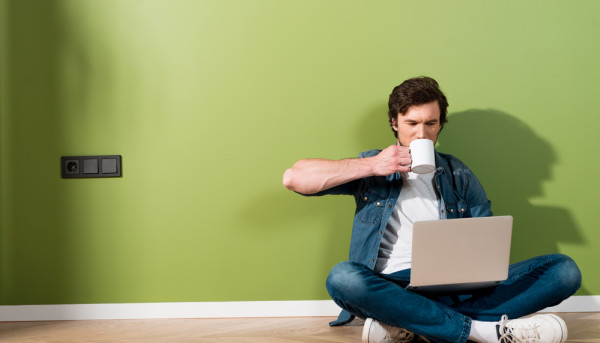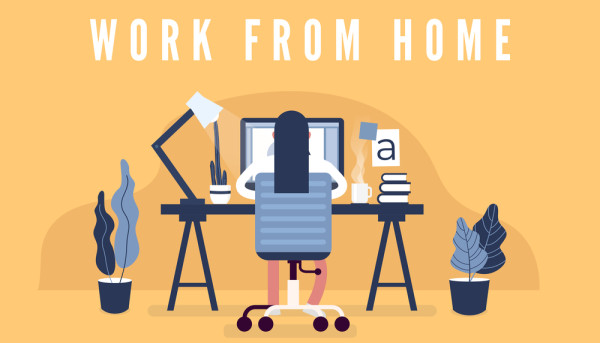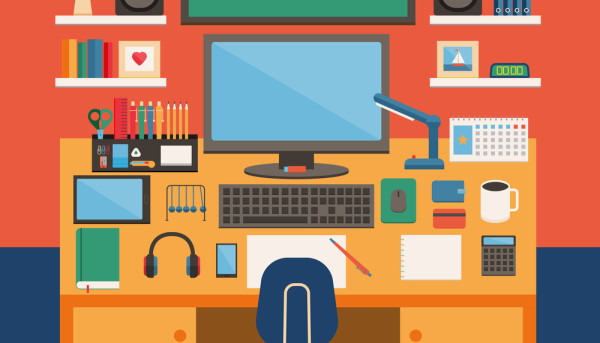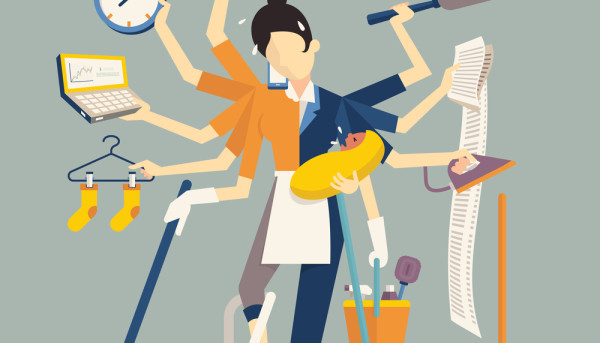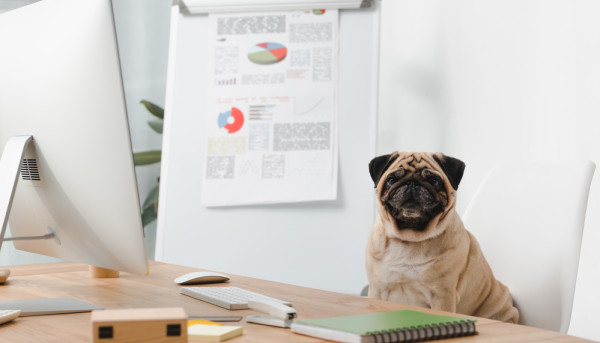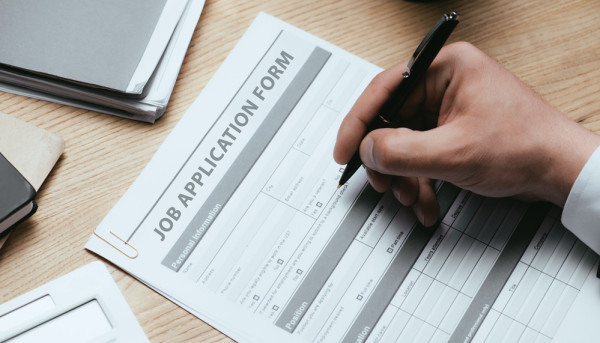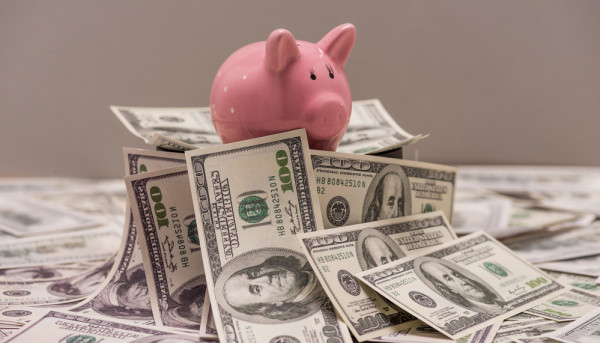What's the True Cost of Owning a Home?
What's the True Cost of Owning a Home?

If you want to purchase a home, you need to figure out the total cost of buying and owning it. There are two main parts of home ownership costs: one-time and ongoing costs. The one-time costs include the down payment, closing costs, escrow prepaids, and mortgage points paid to the lender. Ongoing costs include monthly mortgage payments, property taxes, homeowners insurance, utilities, and maintenance costs.
Property taxes
Property taxes are calculated based on the value of the home and the city it's located in. These funds go to support the needs of the local community. The costs can vary significantly, but the average homeowner pays around $2,400 in property taxes each year. In some cities, property taxes may be even higher.
Property taxes are a necessary expense that every homeowner must pay. But, they are not the only expense of homeownership. Some fees and assessments may vary, and special assessments can be imposed to cover large community expenses. Property taxes are one of the biggest expenses that a homeowner has to pay and can vary dramatically from state to state. For instance, in Alabama, property taxes are $658 per year, while in New Jersey, they can cost up to $7,800 a year.
The user cost of home ownership includes out-of-pocket expenses and depreciation, as well as the mortgage interest and property taxes. However, these costs are offset by the appreciation of the home's value over time. In addition, mortgage interest and some property taxes are tax deductible.
Homeowner's insurance
Homeowners insurance is an expensive part of owning a home. Many factors play into the cost of your policy. For example, you'll likely pay more if your house is in an area prone to natural disasters, or if you have a history of filing claims. The cost of home insurance will also vary depending on the types of coverage you have and your liability limits. You can lower your rates by reducing unnecessary coverage or reducing your liability limits.
The basic coverage of a homeowners insurance policy covers the house and any attached structures, such as furniture and appliances. Some policies provide unlimited ALE coverage, while others have limits. If you'd like to increase your ALE coverage, you can usually pay an additional premium. You can also increase the liability coverage, which will cover lawsuits for property damage, bodily injury, and court costs.
You should review your policy to ensure that you have enough coverage for all of your personal belongings. Some policies may have limits on how much you can claim on your personal property, such as jewelry and computers. You should check with your insurance provider to ensure that you have adequate coverage before you purchase your policy.
Your home's value is another factor that affects the cost of home insurance. It's recommended that you purchase a minimum amount of coverage for your dwelling, which is usually $100,000. This amount should be enough to replace your home if it's destroyed by a covered peril. However, if your home is worth more than this, you'll need to increase your dwelling coverage to cover the cost of repairs.
Closing costs
Before purchasing a new home, there are a number of expenses you should consider. These expenses may include the application fee charged by your lender to process your loan application. This fee typically covers a credit check and appraisal. To save money, it is a good idea to negotiate the application fee with your lender. Other costs to consider include attorney fees and courier fees.
Title insurance is another cost associated with owning a home. This type of insurance is usually paid at closing and is separate from the other insurance policies that you have. The cost of title insurance can vary depending on where you live and how much legwork the title company must perform. Generally, this insurance policy costs between $150 and $1,000.
In addition to paying closing costs, you should also consider paying points. These points will lower the interest rate you pay on your loan. Often, points are calculated as one percent of the total amount of your loan. This can result in a significant reduction in the rate you pay, but the amount you save depends on the lender and the current market conditions. If you're not sure whether or not you'll need to pay points at closing, you can always ask your lender for guidance.
When you're preparing for the purchase of a new home, make sure to set aside some funds to pay for closing costs. These expenses are often overlooked by first-time homebuyers, but these costs can add up quickly. Closing costs are typically three to six percent of the total amount of your mortgage. With the proper lender, you can eliminate or greatly reduce these costs.
Utilities
Utilities are an important part of owning a home, but you may not be aware of the actual cost of these expenses. In fact, the average American homeowner spends more than $270 per month on utility bills, despite only living in a two-bedroom, one-bathroom home. In addition to utilities, you will also have to budget for regular maintenance and repairs.
While renters may have a better idea of what it costs to own a home than homeowners, it's important to consider the hidden costs that most people don't consider. The cost of utilities can vary widely, from just a few dollars to hundreds of dollars. Some utilities may be free, while others may require monthly payments. In addition to these, homeowners may have to pay fees to homeowners' associations. These fees vary widely by neighborhood and type of service.
Repairs
Homeowners spend an average of 19 hours per month on home maintenance, and it's estimated that more than half of them will spend more than 230 hours per year fixing and maintaining their homes. In addition to time, homeowners also pay for utilities and repairs. Among millennials, the average homeowner is three times more likely to spend $5,000 or more on repairs each year than their baby boomer counterparts.
Homeowners should budget at least 1% of their home's purchase price for repairs and maintenance. This means a $2,500 budget for a $250,000 home. However, this rule of thumb is inadequate for some homes. Instead, Elizabeth Dodson, co-founder of digital home management firm HomeZada, recommends setting aside between 1% and 4% of the home's value for repairs and maintenance.
Homeowners should not overlook repairs, because they represent the true cost of owning a home. Most repairs are cheap and common, such as painting or fixing plumbing leaks. However, it's important to be prepared for unexpected repairs. Homeowners should set aside funds to handle unexpected bills, and homeowners should also include home repairs into their mortgage repayments.
Although the 1% rule is often used as a general guide, the exact amount you should budget for repairs will depend on the type of home and the age of its exterior. If you live in an older home in an urban area, you'll likely need to spend more on repairs than in a rural area.
